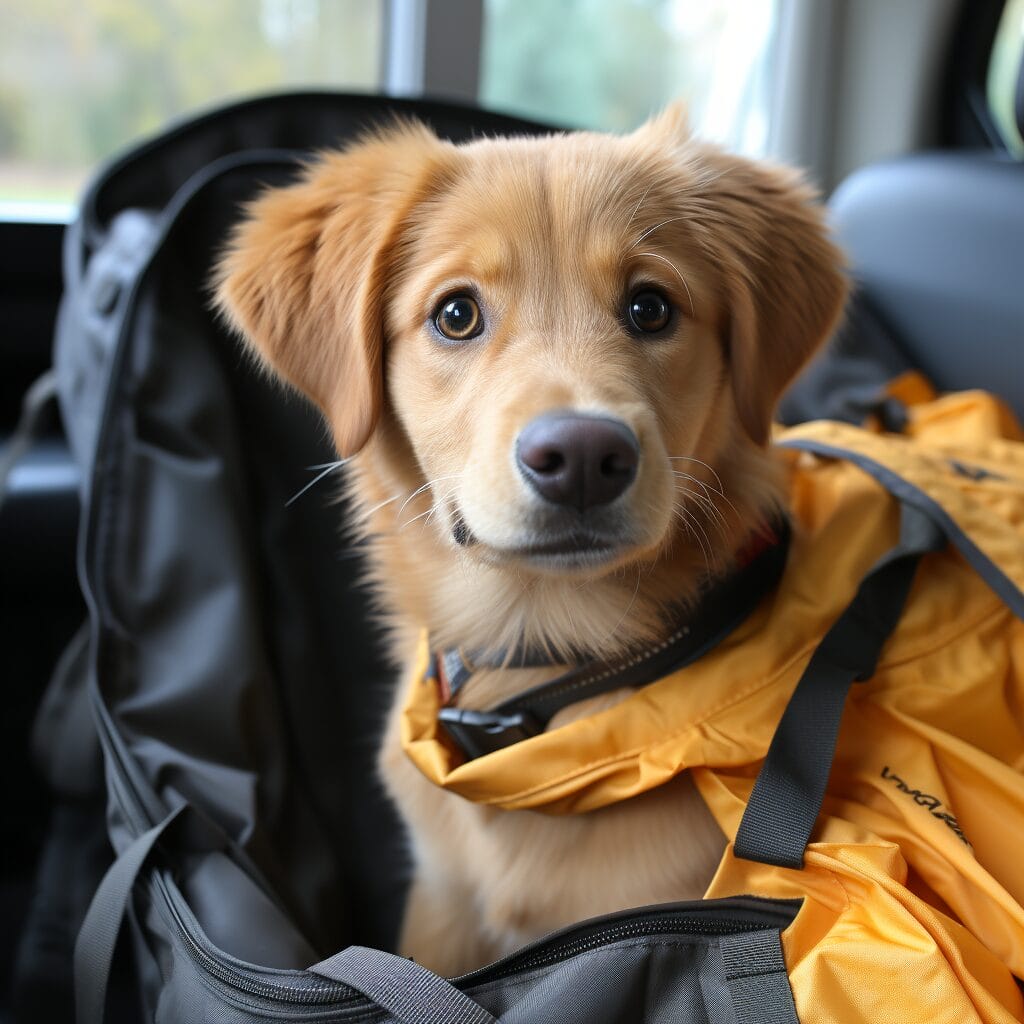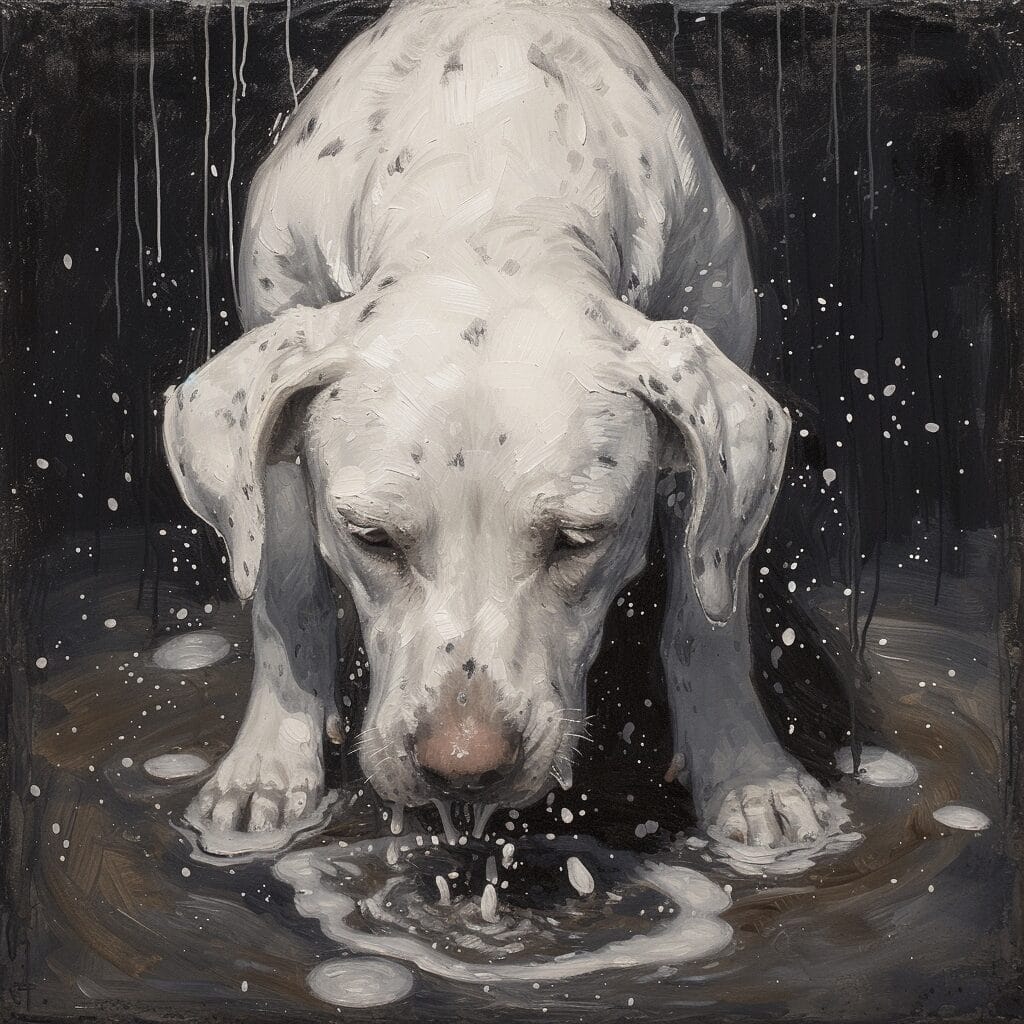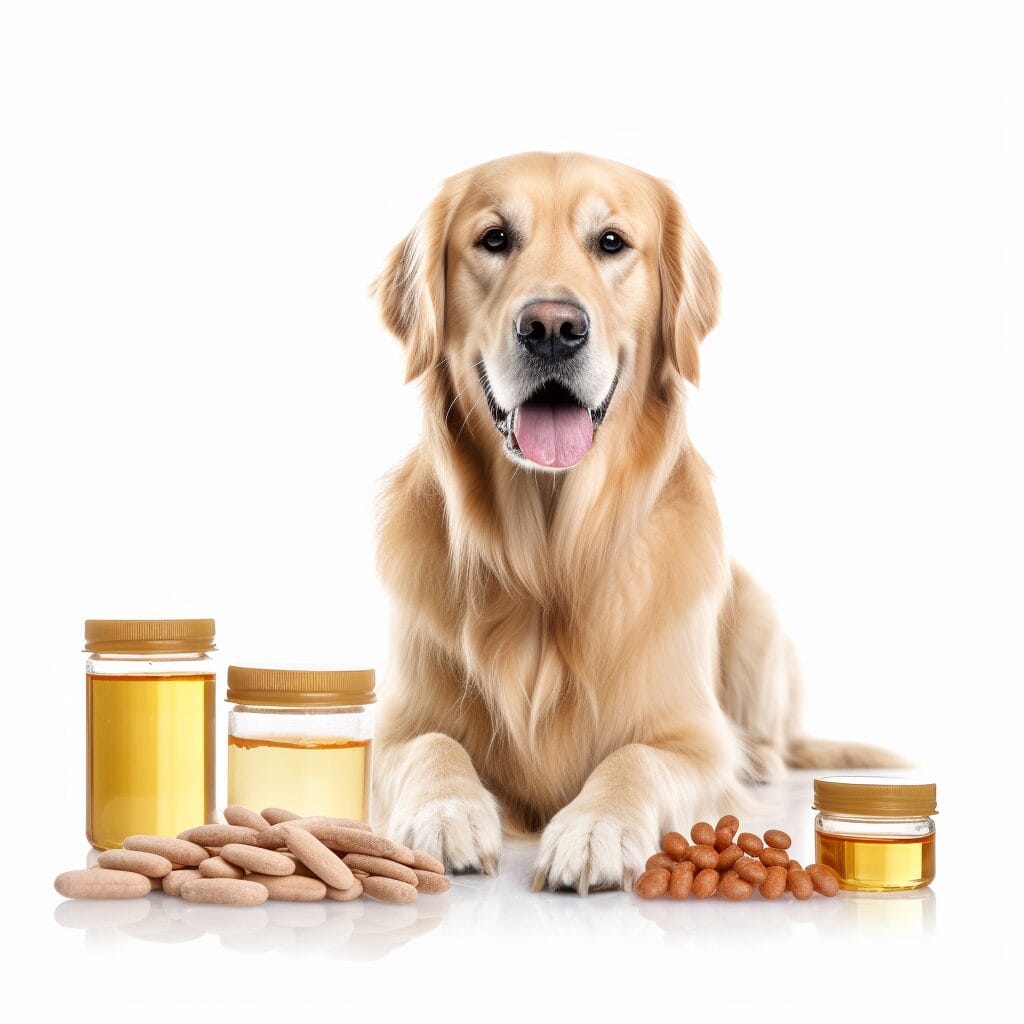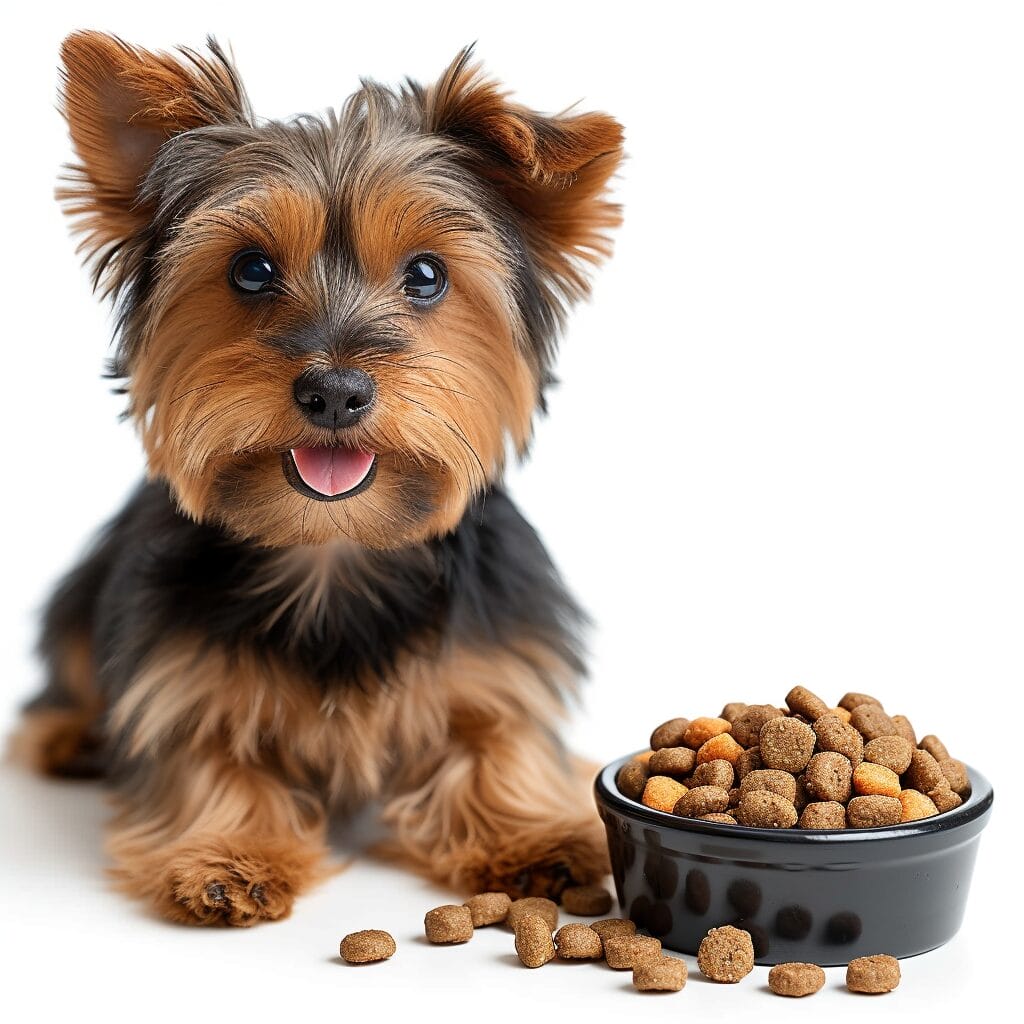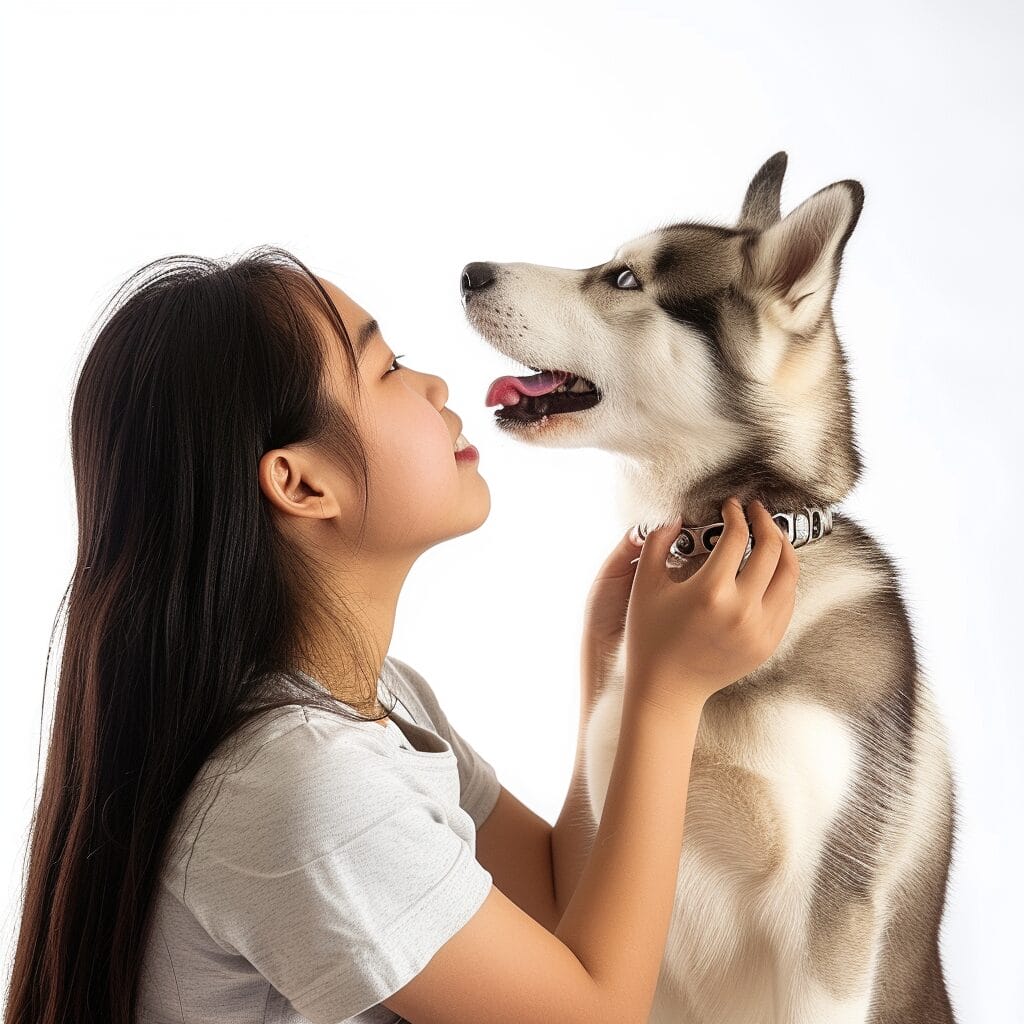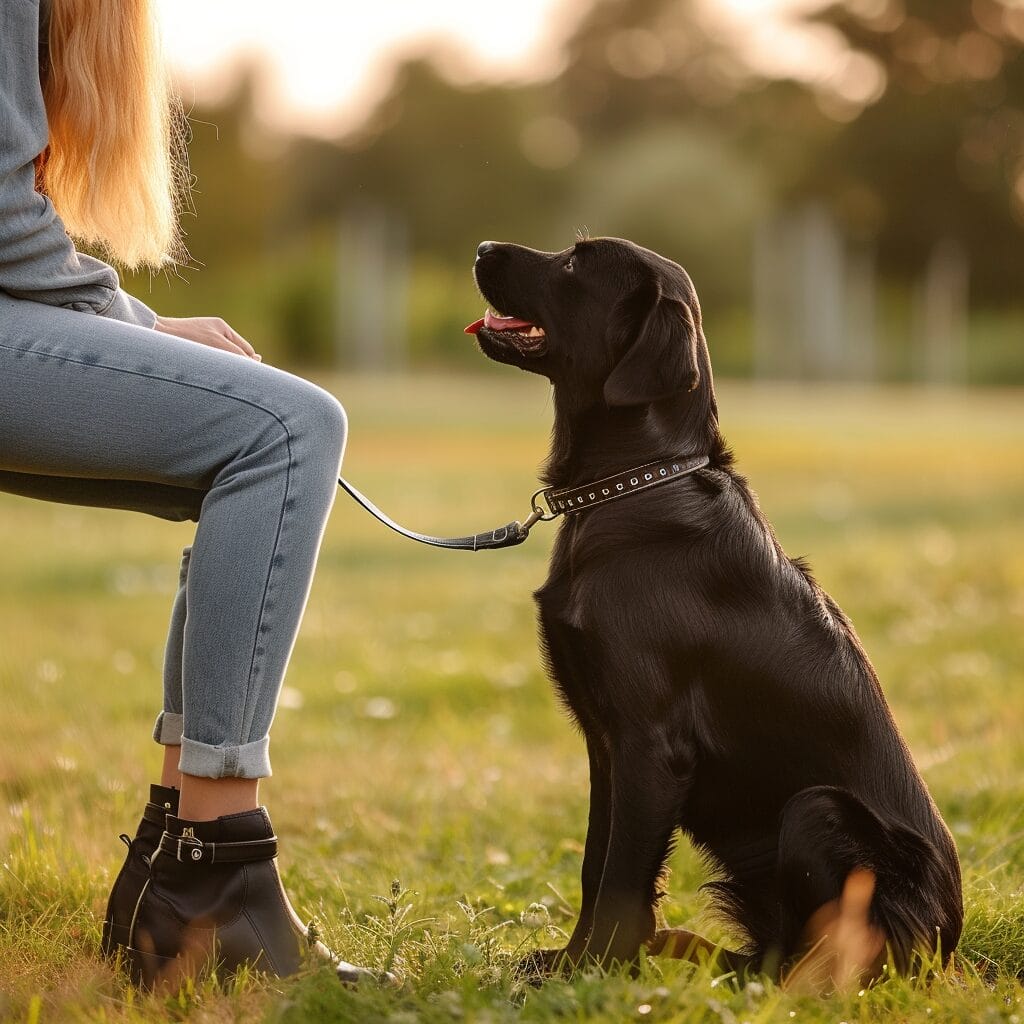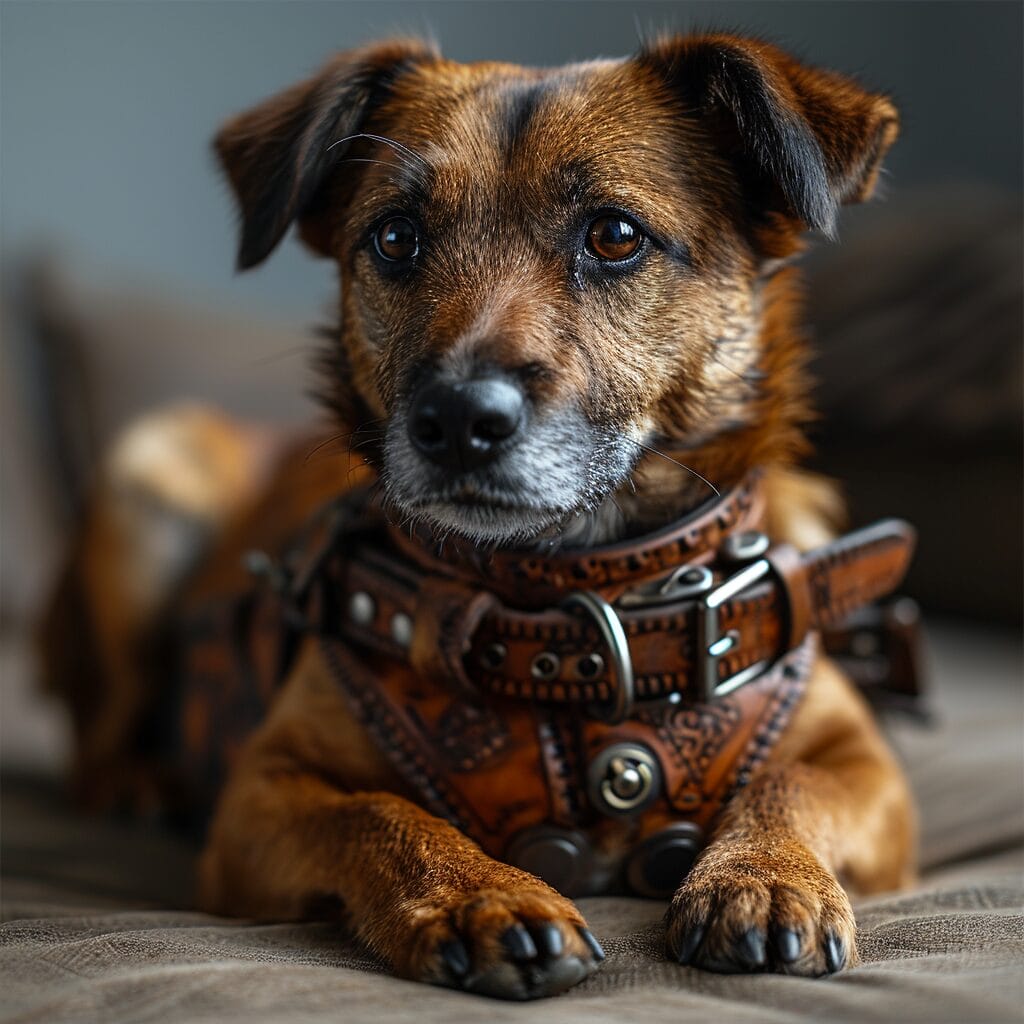Welcoming a new dog into your home is an exhilarating experience, but it also requires careful preparation. One of the most important things to do is find a reliable vet for your dog. Additionally, make sure to puppy-proof your home by securing bins and other potentially dangerous objects. From bringing your new puppy home to starting puppy parenthood in your new home, there are a lot of things to consider. From creating a safe and welcoming environment to anticipating the challenges of the first day, there’s a lot to think about.
Preparing your home for the exciting journey of puppy parenthood involves making pre-arrival arrangements with a vet and puppy trainer, and ensuring you have all the essential supplies ready for your new dog. The initial day with your new dog will be filled with adjustments and learning for both of you, so setting realistic expectations is crucial. Don’t forget to take your dog to the vet to get checked out! In this post, we’ll explore helpful tips for bringing home a new puppy and making the transition as smooth as possible for your dog. It’s important to get your new furry friend checked by a vet to ensure their health and well-being.
Bringing Home a New Puppy
Preparing Your Home

Puppy Proofing
When bringing home a new dog, it’s crucial to get them to the vet and ensure your home is safe for them. As a puppy trainer, it is crucial to ensure the safety of your dog during puppy parenthood. This involves identifying and removing potential hazards like electrical cords, small objects, toxic plants, and chemicals. Consider getting down on your hands and knees to see the world from a dog’s perspective.
Creating a safe environment for your dog involves securing cabinets, trash cans, and any areas that could pose a threat to your curious pup. It’s essential to keep harmful items out of reach of your dog and provide plenty of safe dog toys for them to play with.
Comfortable Environment
In addition to safety, creating a comfortable space for your dog is vital. Make sure your dog has their own cozy dog bed or crate where they can retreat when they need rest or alone time. Designate a dog area in your home where they feel secure and at ease.
Consider placing soft blankets or cushions in this space to make it welcoming. You can also add some of their favorite toys or items that carry familiar scents from their previous environment.
Sleeping Arrangements
Choosing the best sleeping arrangement for your puppy is an important decision. Whether you opt for a crate, dog bed, or designated area in your bedroom, ensure it meets their needs for comfort and security.
Establishing a consistent bedtime routine will help them feel more settled in their new surroundings. Remember that puppies need plenty of sleep each day as part of their growth and development.
Safety Measures
Implementing safety measures throughout your home will protect your curious pup from potential accidents or injuries. This includes installing baby gates if needed to restrict access to certain areas like stairs or rooms with hazards present.
Essential Puppy Supplies

Feeding Accessories
When bringing home a new puppy, it’s crucial to have the right feeding accessories. This includes sturdy, non-tip food and water bowls that are appropriate for your puppy’s size. Consider stainless steel or ceramic bowls as they are easy to clean and maintain hygiene. Providing proper feeding accessories is essential for promoting healthy eating habits in your pup. It encourages them to eat comfortably and minimizes the risk of spills, ensuring a clean feeding area.
It’s important to choose the right feeding accessories based on your puppy’s breed and size. For example, shallow dishes work well for flat-faced breeds like pugs, while elevated feeders can benefit larger breeds by reducing strain on their necks during mealtime.
Training Gear
Necessary training gear plays a significant role in helping your new puppy adapt and learn effectively. Items such as a properly fitted collar, leash, and harness are fundamental tools for teaching your pup how to walk politely on a leash without pulling excessively. Moreover, chew toys can redirect their chewing behavior from household items to appropriate toys.
Selecting the right training gear is crucial for successful puppy training sessions at home. For instance, using clickers or treats during obedience training can positively reinforce good behavior in puppies without resorting to harsh methods.
Comfort Items
Comforting items create an environment where your new puppy feels secure and relaxed at home. Toys provide mental stimulation while blankets offer warmth and security when sleeping or resting. These comforting accessories help ease any anxiety or stress that may arise from being in a new environment.
Creating a soothing atmosphere with comforting accessories also aids in preventing destructive behaviors caused by boredom or separation anxiety when you’re away from home.
The Arrival Day
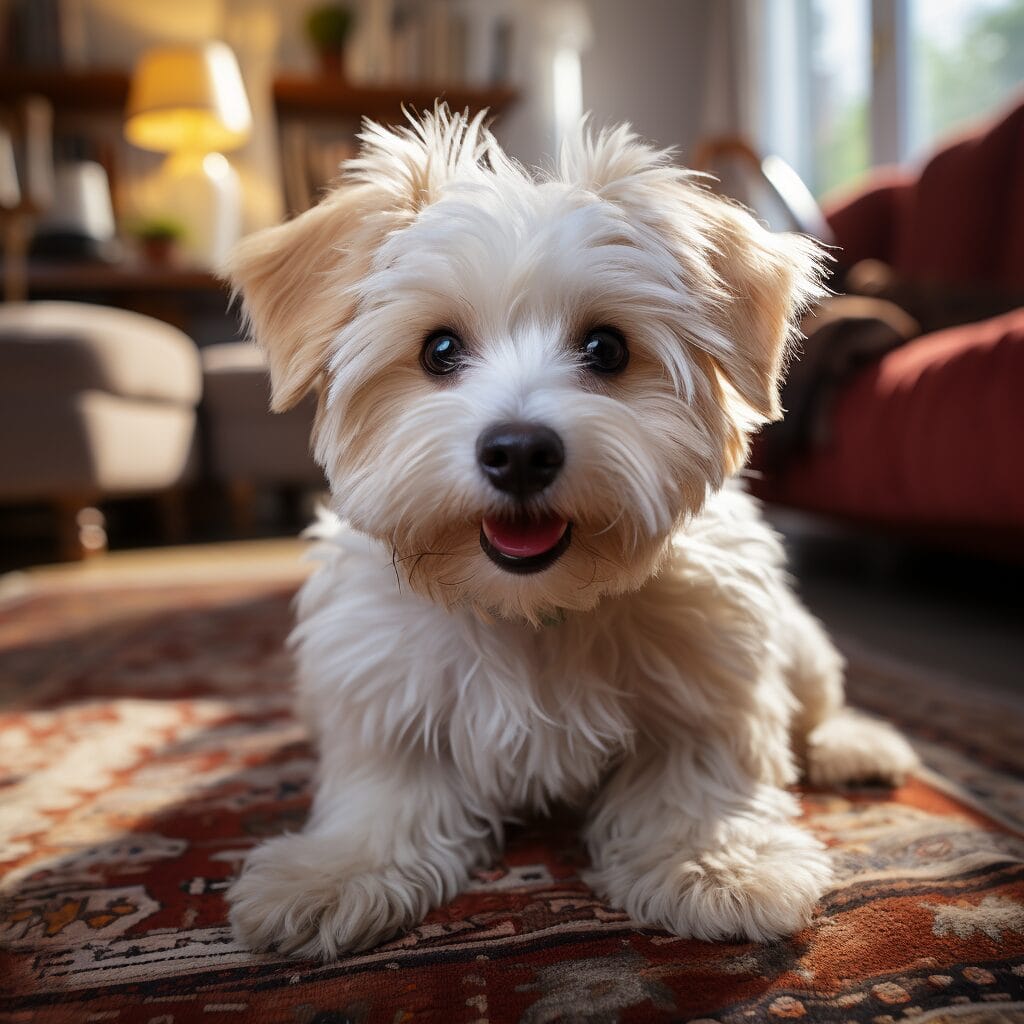
Home Introduction
Bringing home a new puppy is an exciting time, but it’s crucial to ensure a smooth and stress-free home introduction for your furry friend. Start by creating a safe space for your puppy, such as a cozy bed or crate in a quiet area of your home. Introduce them gradually to different areas of the house while supervising their exploration. This helps them adjust to their new surroundings without feeling overwhelmed.
To help your puppy feel more at ease, consider placing familiar items like blankets or toys from their previous environment in their new living space. Maintaining a calm and positive demeanor during the introduction can reassure your pup that they are in a secure and loving environment.
Routine Setup
Establishing a consistent routine is essential for helping your puppy adapt to their new life at home. Set up regular feeding times, potty breaks, play sessions, and nap times to provide structure and stability. A well-planned routine not only meets your puppy’s needs but also fosters predictability which can reduce anxiety.
Creating consistency through daily activities helps puppies understand what to expect each day, promoting comfort and security within their new environment.
Coping with Crying
It’s common for puppies to cry during the adjustment period as they miss their littermates and become accustomed to being away from them for the first time. To address this behavior effectively, try soothing techniques such as gentle petting or providing comforting toys like snuggle blankets or stuffed animals.
Understanding why puppies cry – due to loneliness or anxiety – enables you to respond appropriately with reassurance and patience. Remember that it takes time for puppies to acclimate fully; offering love and support during this transition is key.
Potty Training Basics
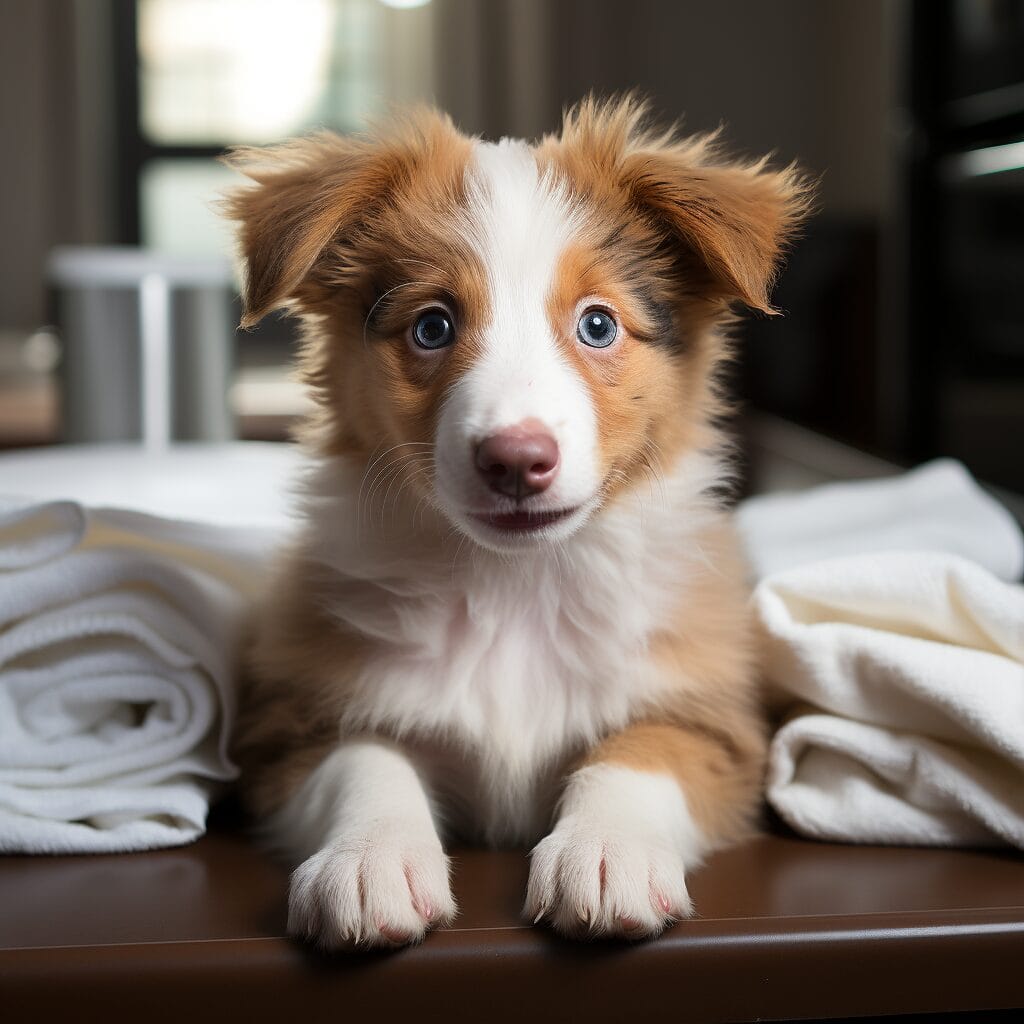
Schedule Establishment
Establishing a potty, feeding, and playtime schedule for your new puppy is crucial. This structured routine promotes good behavior and health. By implementing a consistent schedule, you help your puppy thrive in its new environment.
Creating a regular feeding time ensures that your puppy’s potty breaks are predictable. Taking them outside after meals helps establish their bathroom routine. Scheduling playtime after potty breaks can reinforce positive behavior.
Consistency is key to successful potty training. When you take your puppy out at the same times every day, they learn when to expect bathroom breaks. This reduces accidents inside the house and reinforces appropriate elimination habits.
Nighttime Management
Managing nighttime routines with your puppy is essential for both of you to get a peaceful night’s sleep. Establishing nighttime rituals can help your pup settle down easily before bedtime.
When bringing home a new puppy, it’s important to create a calm environment at night. Avoid engaging in stimulating activities close to bedtime as this might make it harder for them to settle down.
To ensure everyone gets enough rest, consider taking away water bowls an hour before bedtime and taking your pup outside for one last potty break just before settling in for the night.
Socialization and Training
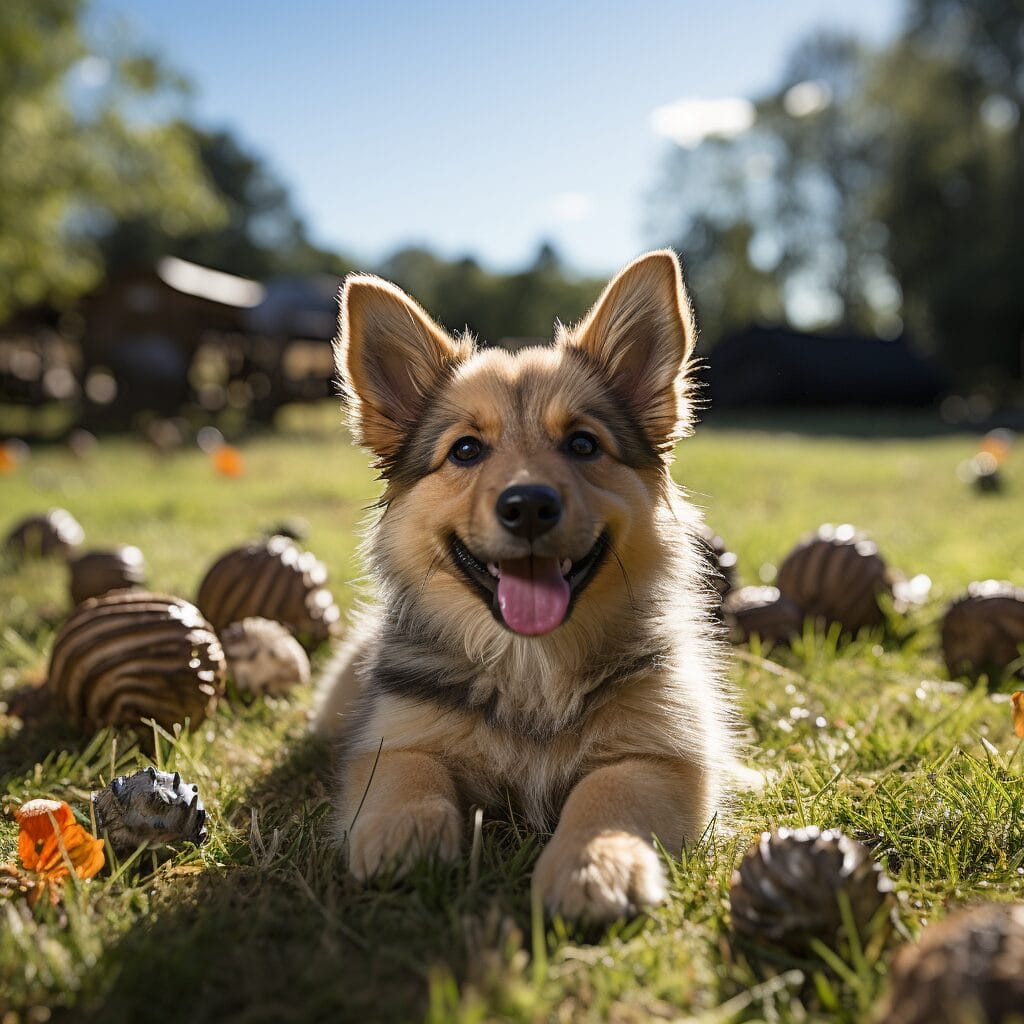
Dog-to-Dog Interactions
Introducing your new puppy to other dogs in the household is a crucial step in their socialization. Start by allowing them to meet in a neutral area, such as a park, to prevent territorial behavior. Tips for successful dog-to-dog interactions during the early stages include supervising their initial meetings closely and ensuring that both dogs have an escape route if they feel overwhelmed.
Promoting positive relationships between your new pup and existing pets involves creating positive associations by rewarding calm behavior when they are together. For example, you can give treats when both dogs are relaxed around each other or engage them in joint activities like going for walks together.
Positive Reinforcement
Utilizing positive reinforcement techniques when training your puppy is highly effective. Reward-based methods help encourage desired behaviors in your pup without resorting to punishment. Building a strong bond with your puppy through positive reinforcement involves using treats, praise, or toys whenever they exhibit good behavior.
Behavior Adjustment
Strategies for addressing and correcting unwanted behaviors involve redirecting their attention towards appropriate activities rather than scolding them. Techniques to help your puppy adjust and learn appropriate behavior include crate training, which provides them with a safe space while also preventing destructive habits.
Promoting positive behavior through consistent training methods ensures that puppies understand what is expected of them. This includes attending grooming classes where they can learn how to behave calmly during grooming sessions.
Bonding with Your Puppy

Building Trust
Building trust with your new puppy is crucial for a strong and lasting bond. By using positive reinforcement, such as treats and praise, you can establish trust through rewarding good behavior. For example, when your puppy responds to their name or follows a command, reward them with a treat. This helps them associate you with positive experiences.
Spending quality time together is essential for building trust. Regular gentle petting and cuddling help your puppy feel secure and loved. It’s important to be patient during this process as it may take some time for your puppy to fully trust you.
Establishing a Routine
Establishing a consistent routine provides stability and structure for your puppy’s well-being. Set regular times for meals, walks, playtime, and potty breaks to create predictability in their daily life. When they know what to expect each day, they’ll feel more secure and confident.
For instance, if you consistently take them out on a leash at the same time every morning for their walk or bathroom break while wearing their collar will help reinforce the routine. Over time, they will come to anticipate these activities which can reduce anxiety and stress associated with uncertainty.
Play and Interaction
Engaging in interactive play is an effective way to strengthen the bond with your pup while providing mental stimulation. Incorporate toys like ropes or balls into playtime sessions where both of you are involved in the game.
Moreover, use this opportunity to introduce basic training commands during playtime such as “sit” or “stay.” This not only fosters interaction but also promotes obedience training that strengthens the bond between you two.
Health and Nutrition
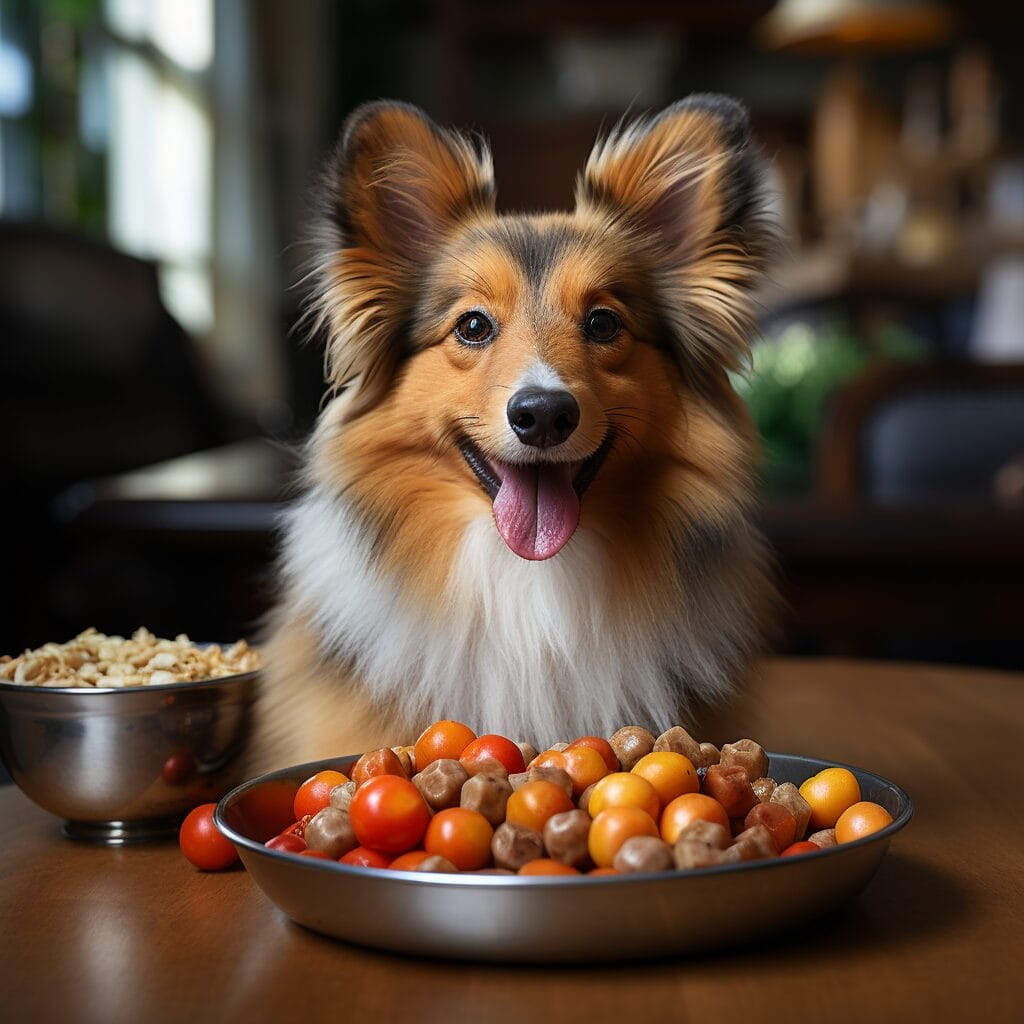
Selecting Food
Selecting the right food is crucial for their health and well-being. A balanced diet is essential for your pup’s growth and vitality. Look for high-quality food that provides the necessary nutrients such as protein, carbohydrates, fats, vitamins, and minerals. Opt for options specifically formulated for puppies to support their development.
Consider consulting with a veterinarian to determine the best food choice based on your puppy’s breed, size, and any specific health considerations they may have. Look for foods that promote healthy digestion and immune system support to ensure your furry friend enjoys a long and healthy life.
Crate Size
Choosing the appropriate crate size plays a significant role in ensuring your puppy’s comfort and safety. It’s important to select a crate that allows enough space for them to stand up, turn around, and lie down comfortably. As puppies grow quickly, consider getting a crate with an adjustable divider panel that can be modified as they mature.
The right-sized crate not only provides physical comfort but also aids in house training by creating a secure den-like environment where your pup feels safe. By providing ample room while maintaining coziness, you’re helping them establish positive associations with their living space.
Toy Safety
When bringing home a new puppy**, it’s vital to prioritize toy safety during playtime. Choose toys made from durable materials designed specifically for puppies’ chewing needs while avoiding small parts or components that could pose choking hazards. Ensure the toys are suitable for your pup’s age group – soft toys or teething rings are ideal choices during early stages of development.
Regularly inspect toys for signs of wear or damage; replace any worn-out items promptly to prevent potential harm due to broken pieces or sharp edges.
Conclusion
Congratulations on taking the first step towards welcoming your new furry friend! As you prepare to bring home your puppy, remember that patience and consistency are key. From setting up your home to bonding with your pup, every moment is an opportunity to create a strong foundation for a lifetime of happiness together. Embrace the journey, and don’t forget that mistakes are part of the learning process. Your dedication will pay off in the form of an unbreakable bond with your four-legged companion.
Now, go out there and give your new puppy all the love and care they deserve. The adventure is just beginning, and it’s going to be one filled with joy, laughter, and maybe a few chewed-up shoes along the way. Enjoy every moment of it!
Frequently Asked Questions
How can I prepare for my new puppy’s arrival?
Before bringing home your new puppy, make sure to set up a cozy sleeping area, gather essential supplies like food and water bowls, toys, and a leash. Puppy-proof your home by removing hazardous items and creating safe play areas.
What are the essential supplies I need for my new puppy?
Essential supplies for your new puppy include a collar and ID tag, high-quality dog food, food and water bowls, a comfortable bed or crate, grooming tools, toys for mental stimulation, and training treats.
How do I establish a routine for my new puppy?
Establishing a routine is crucial for your puppy’s well-being. Set consistent feeding times, potty breaks, playtime sessions, and nap schedules. This helps them feel secure in their environment while promoting good behavior.
What are some tips for potty training and housebreaking my new puppy?
Consistency is key. Take your puppy outside frequently after meals or naps. Use positive reinforcement with treats or praise when they eliminate outdoors. Supervise closely indoors to prevent accidents.
How can I build strong bonds with my new puppy?
Building strong bonds with your new pup involves spending quality time together through interactive play sessions, training exercises that strengthen communication, and providing plenty of love and affection. Regular walks also help create lasting connections between you and your furry friend.

